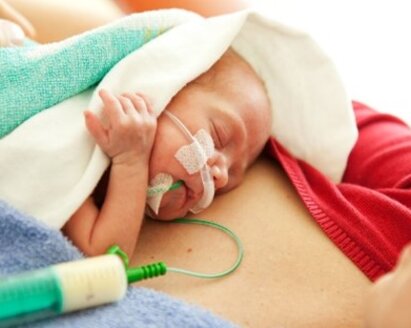U kijkt thans naar:
Medela - nl_NL
U kunt een alternatieve Medela-website in een van deze landen selecteren:
Producten
Borstkolven
Kolfaccessoires en -onderdelen
Zwangerschaps- en voedingslingerie
Moedermelkflesjes en -bewaarzakjes
Reinigen
Borstverzorging
Speciale voedingsbehoeften
NICU
Fopspenen
Moedermelkflesjes en -bewaarzakjes
Alleen voor ziekenhuizen
Moedermelkflesjes
Easy Pour Moedermelkbewaarzakjes met schenktuit
Koeltas
Borstverzorging
Biologische borstmassageolie
Biologische Tepelbalsem
Purelan™- lanolinezalf
Hydrogel Pads
Tepelbeschermers
Lekschalen
Contact™ tepelhoedjes
Tepelvormers
Safe & Dry™ wasbare zoogkompressen
Ultra Ademende Zoogkompressen
Hand-free elektrische
Freestyle™ Hands-free dubbele elektrische draagbare borstkolf
Medela's Solo™ Hands-free enkele elektrische borstkolf
Swing Maxi™ Hands-free borstkolf
Klassieke elektrische
Swing Maxi™ – dubbele elektrische borstkolf
Solo – Enkele elektrische borstkolf
Swing Flex™ enkele elektrische 2-Phase borstkolf
Swing Maxi Flex™ dubbele elektrische 2-Phase borstkolf
Symphony en sets
Symphony – borstkolf voor gebruik in ziekenhuizen en om te huren voor het op gang brengen, opbouwen en in stand houden van een goede melkproductie
Afkolfsets voor één dag
Herbruikbare PersonalFit™ PLUS afkolfset voor ziekenhuizen voor Symphony®
Herbruikbare PersonalFit™ PLUS afkolfset voor Symphony® in verhuur
PersonalFit™ PLUS borstschild
Herbruikbare afkolfsets voor ziekenhuisgebruik
Borstvoeding & Lactatie Hub voor professionals
-
Producten
- Producten
-
Borstkolven
- Borstkolven
- Hand-free elektrische
- Klassieke elektrische
- Handkolf
-
Symphony en sets
- Symphony en sets
- Symphony – borstkolf voor gebruik in ziekenhuizen en om te huren voor het op gang brengen, opbouwen en in stand houden van een goede melkproductie
- Afkolfsets voor één dag
- Herbruikbare PersonalFit™ PLUS afkolfset voor ziekenhuizen voor Symphony®
- Herbruikbare PersonalFit™ PLUS afkolfset voor Symphony® in verhuur
- PersonalFit™ PLUS borstschild
- Herbruikbare afkolfsets voor ziekenhuisgebruik
- Kolfaccessoires en -onderdelen
- Zwangerschaps- en voedingslingerie
- Moedermelkflesjes en -bewaarzakjes
- Reinigen
- Borstverzorging
- Speciale voedingsbehoeften
- NICU
- Fopspenen
- Artikelen
- Medela Family
- Diensten
- Borstvoeding & Lactatie Hub voor professionals
- Winkelzoeker




